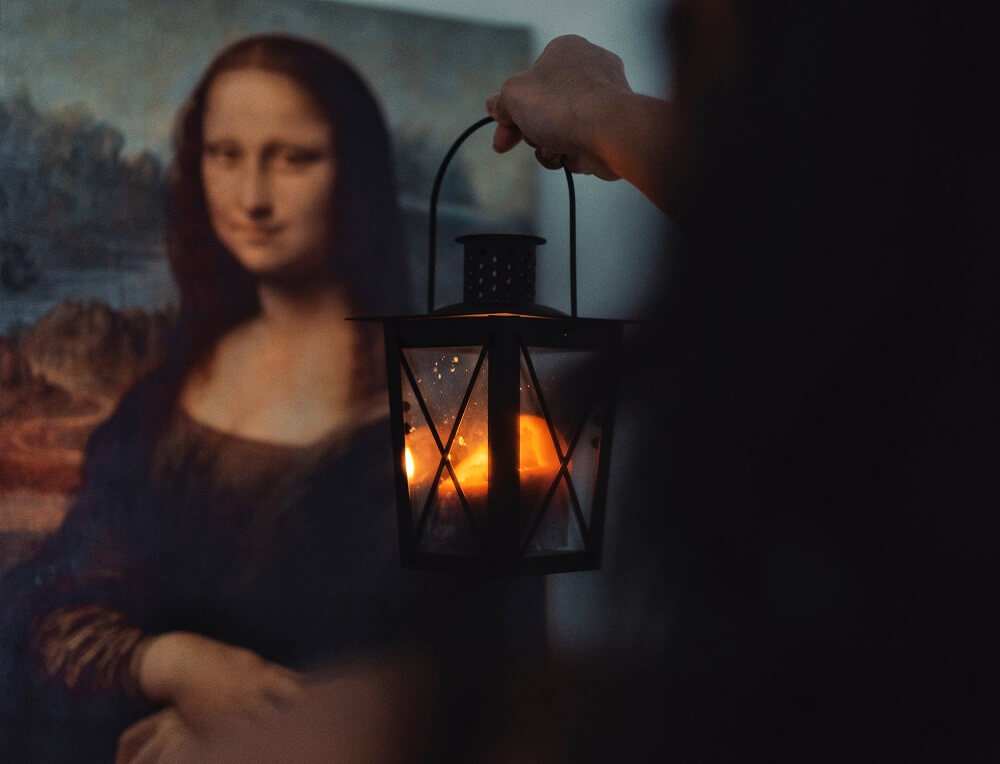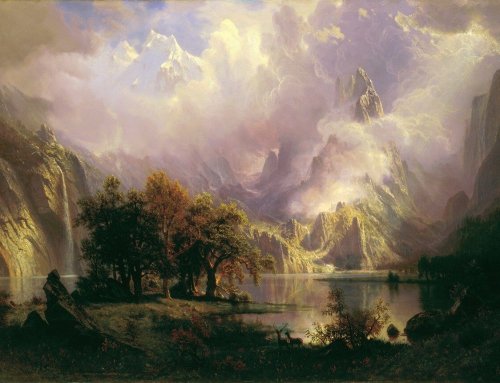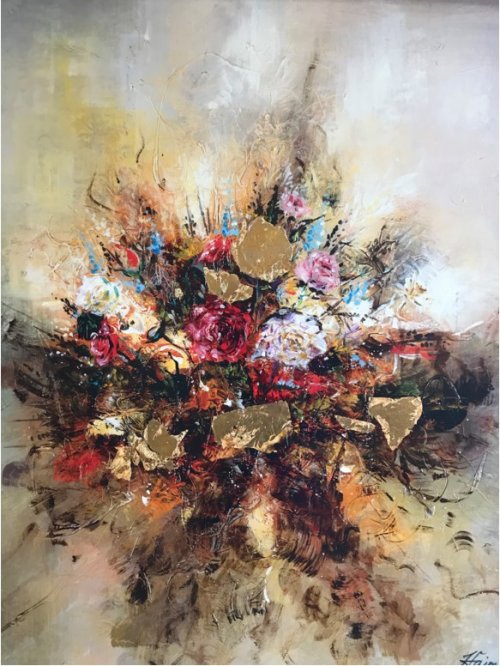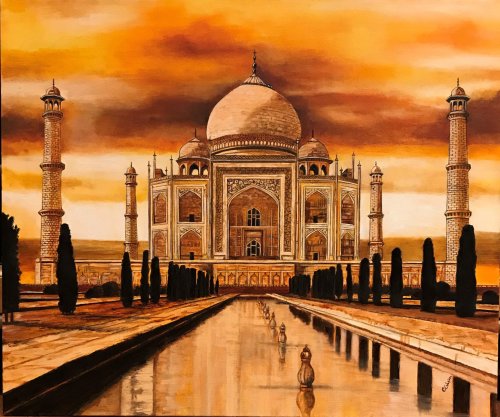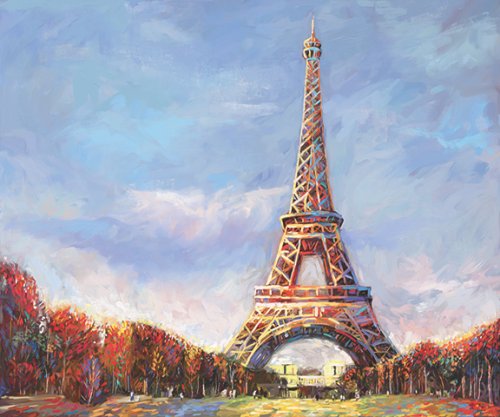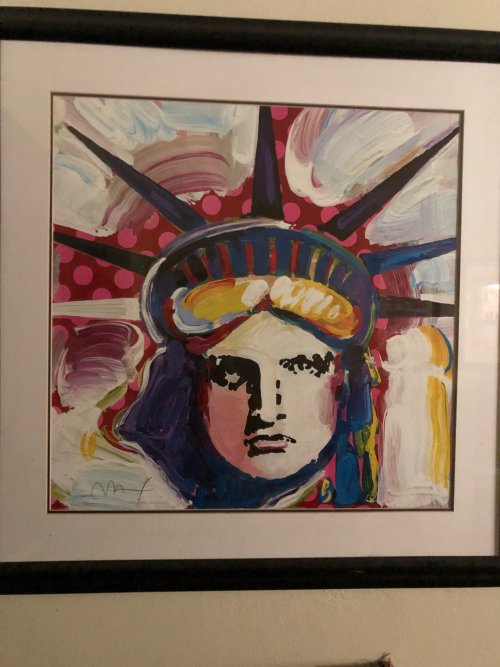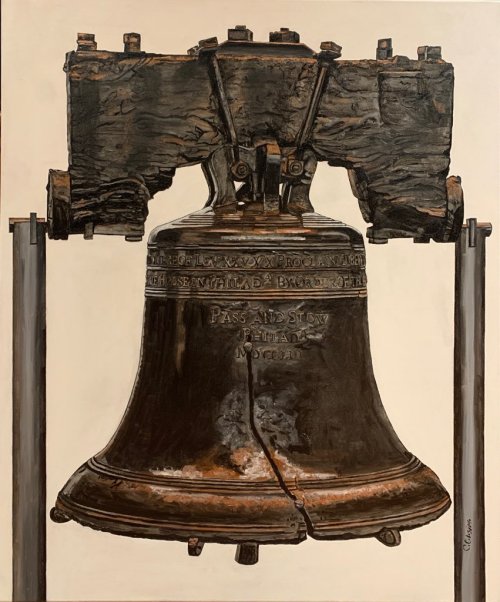The Mona Lisa, also known as La Gioconda, is one of the most famous paintings in the world. Leonardo da Vinci was one of the greatest painters of the Italian Renaissance, yet he left only a handful of completed paintings, and his Mona Lisa is considered a masterpiece of the era. To get involved in collecting art, explore Newport Brushstrokes Fine Art and see art from previous eras and contemporary art.
In this blog, we will explore the importance of Leonardo’s portrait of the Mona Lisa painting to the Renaissance era and Renaissance painters.
The Renaissance Era
The Renaissance was a period of great artistic, scientific, and intellectual achievement in Europe that lasted from the 14th to the 17th century. During this time, artists, scientists, and thinkers sought to revive the classical ideals of ancient Greece and Rome. The art of the Renaissance was characterized by realism, perspective, and a focus on humanism.
It saw an innovation in styles of art. Leonardo da Vinci (1450–1519) is perhaps the most famous figure of the Renaissance. His life and work reflected the popular humanist ideals that shaped the Renaissance era.
Art historians agree that Leonardo da Vinci’s most famous and iconic works include the Mona Lisa and The Last Supper. Da Vinci created portraits and was known for his mastery of the sfumato technique, which involved the gradual blending of colors to create a smokey haziness effect and a brush stroke that would soften outlines. His use of perspective and anatomical accuracy also set him apart from his contemporaries.
Leonardo’s contemporaries, two other notable painters from the Renaissance art world are Michelangelo and Raphael. Both of these artists made significant contributions to the art of the Renaissance and their works also continue to inspire and captivate audiences to this day.
The Importance of the Mona Lisa
The Mona Lisa is the most recognized painting of the Renaissance era, and its importance cannot be overstated. For Renaissance painters, the Mona Lisa was a revolutionary work of art that showcased the artist’s skill and mastery of the medium. The painting is a testament to the Renaissance ideals of realism and perspective, with its highly realistic depiction of the human face and its use of atmospheric perspective to create a sense of depth and space.
The Sfumato Technique
The Mona Lisa was also groundbreaking in its use of sfumato, a technique that Leonardo da Vinci pioneered. Sfumato is a technique that involves the gradual blending of colors to create a soft, hazy effect. This technique was used to great effect in the Mona Lisa, creating a sense of mystery and depth that captivates viewers to this day.
Mona Lisa’s Mysterious Smile
The enigmatic allure of Mona Lisa’s smile has captivated viewers and art enthusiasts for centuries. It continues to spark intrigue and debate among scholars and casual observers alike. Delving into the depths of Mona Lisa’s facial expression, one can appreciate the artist’s genius in effortlessly blending the contrasts of light and shade, lending a sense of mystique to her seemingly knowing grin. The subject’s expression is accentuated by her alluring gaze, which appears to follow viewers as they move around the room.
Technical Mastery
One of the most significant aspects of the Mona Lisa is its technical mastery. Leonardo da Vinci was a skilled artist and scientist, and he used his knowledge of anatomy, light, and perspective to create a highly realistic and lifelike depiction of the human face. The painting that became the most recognized painting of an era. His portrait with the likeness captured, created a sense of depth and mystery that captivates viewers to this day.
Symbol of Renaissance Art
The Mona Lisa is a symbol of the Renaissance art era and its ideals of humanism, realism, and perspective. During this time, artists and thinkers sought to revive the classical ideals of ancient Greece and Rome, and the art of the period reflects this focus on the human form and the natural world.
The Mona Lisa embodies these ideals, with its highly realistic depiction of the human face and its use of atmospheric perspective to create a sense of space and depth. The painting continues to be a source of inspiration and wonder, and its legacy will endure for generations to come.
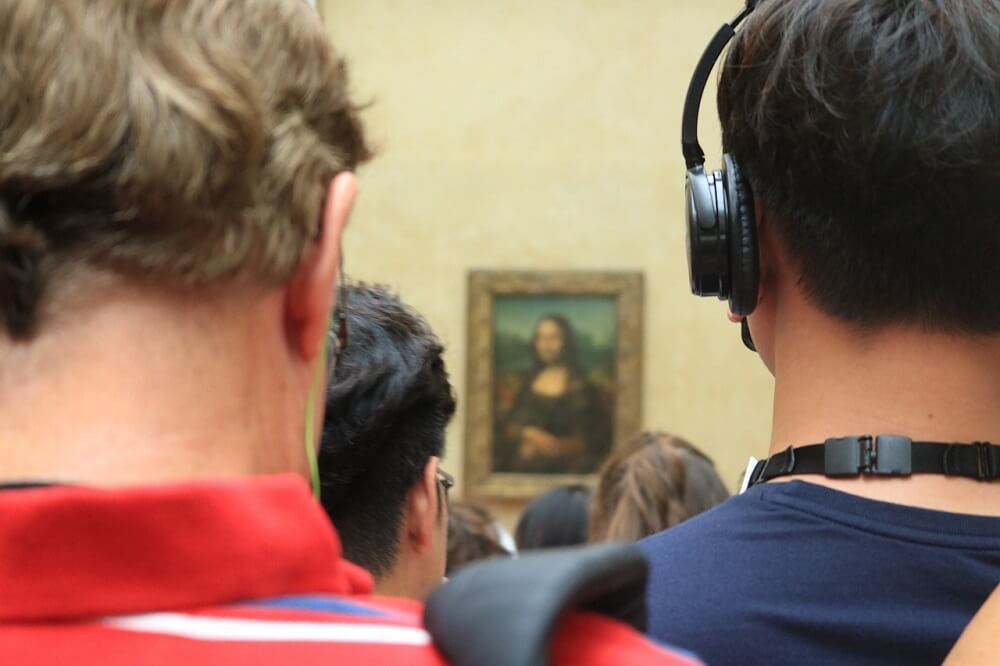
Legacy of the Mona Lisa
Everyone speaks of Mona Lisa’s smile and how the artist captured it beautifully. The Mona Lisa continues to be a source of inspiration for artists, scholars, and historians today. Its influence can be seen in contemporary art, fashion, and popular culture. The painting is a symbol of the Renaissance era and its ideals of humanism, realism, and perspective. It is a testament to the creativity and ingenuity of Leonardo da Vinci, one of the greatest artists of all time.
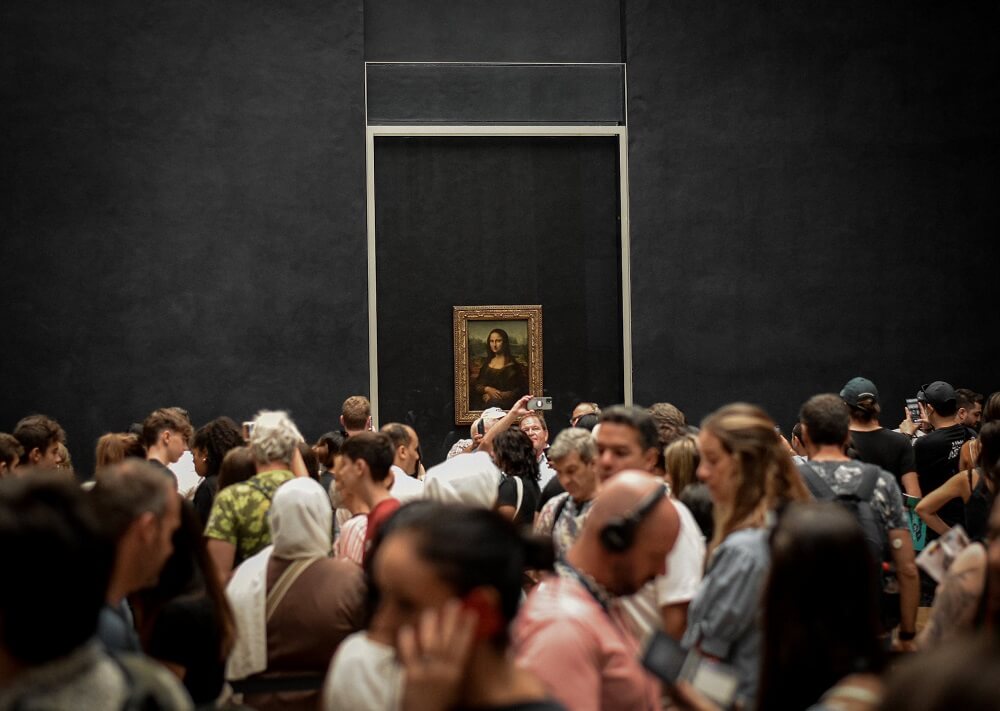
The Mona Lisa & Newport Brushstrokes
The Mona Lisa is an iconic work of art that had a profound impact on the Renaissance era and Renaissance painters. Its importance lies not only in its artistic merit but also in its historical and cultural significance. The painting continues to inspire and captivate audiences to this day, and its legacy will endure for generations to come.
At Newport Brushstrokes we have high quality reproductions of some of the most iconic art in world history. Explore our “W.H.A.T.” World Heritage Art Treasury and start building your art collection.

